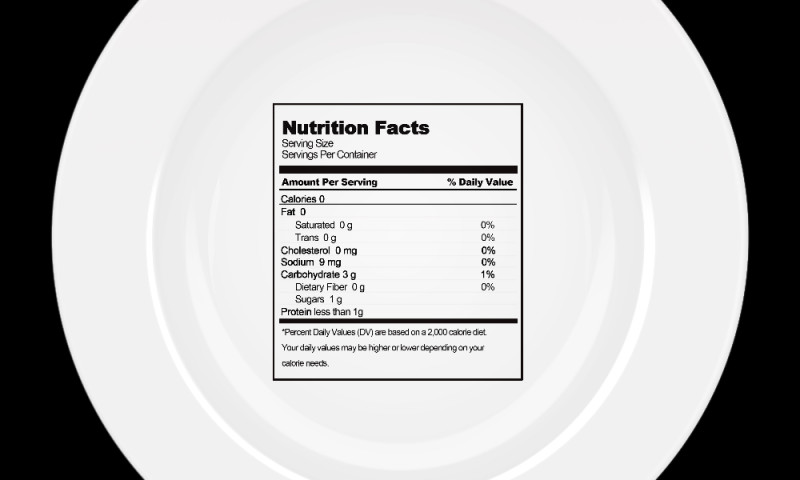Identifying the right foods for your nutrition needs is essential if you’re looking to change your food habits on the journey with weight and health. Being able to maximize your daily nutrition and find simple, easier ways to track your food intake are important skills that will help you pave the way for a healthier future!
However, it can be difficult to understand and analyze the relationship between specific foods and your own health needs. Fortunately, nutrition panels are excellent tools that help you to do just that! Since breaking down the labels and using them to your advantage can be overwhelming and confusing at first, let’s simplify the process and show you how to read them like a pro!
What is the Purpose of a Nutrition Panel?
Food labels are required by the Food and Drug Administration (FDA) so that consumers can make informed choices about what goes into their bodies. They are regulated by the Office of Nutritional Products witch regulates important components that most consumers don’t even think about. Examples include specific ingredients, how the information is presented, what size types need to be used and how to use descriptive terms such as “low” or “reduced.”
What Needs to be Labeled?
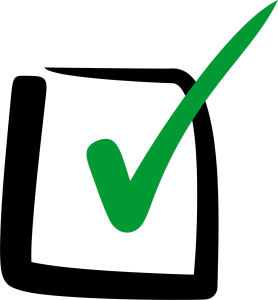 The majority of prepared foods available for purchase are required to have a label of some kind. They include items such as:
The majority of prepared foods available for purchase are required to have a label of some kind. They include items such as:
- Breads and cereals
- Canned and frozen foods
- Snacks
- Desserts
- Drinks
Foods that are generally exempt from strict label regulation include:
- Fresh fruits and vegetables; fresh cuts of meat or fish
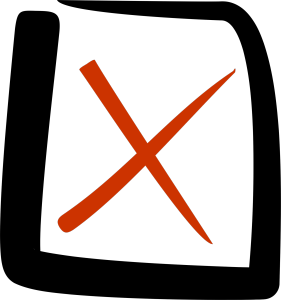 Foods sold in restaurants, cafeterias or food service vendors
Foods sold in restaurants, cafeterias or food service vendors- Foods shipped in bulk (such as foods shipped to restaurants for preparation)
- Medical foods
- Plain coffee, tea and spices
- Very small businesses (so long as they inform the FDA and meet the criteria for exemption)
What Should You be Looking For?
Most manufacturers hope that consumers don’t look too much further beyond the food label or packaging. They may rely on appetizing images, catchy phrases or appealing models to sell their food. If you’re trying to build health-conscious and mindful eating practices, however, you should be looking for much, much more!
The best place to look for health information is on the Nutrition Facts Box – similar to a Supplemental Facts Box on vitamins and supplements. So, what should you be looking for? Here are some of the basics:
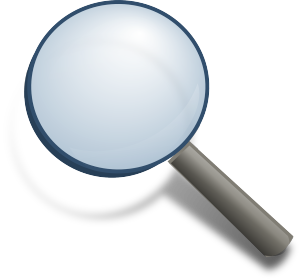 Serving Size/Number of Servings in Container – This is especially important for foods that don’t come in neat portions. For example, a container of nuts may read 180 calories per serving, but there are generally multiple servings inside.
Serving Size/Number of Servings in Container – This is especially important for foods that don’t come in neat portions. For example, a container of nuts may read 180 calories per serving, but there are generally multiple servings inside.- Calories – Overall calories and calories from fat
- Fat Content – Total, saturated, unsaturated, polyunsaturated and monounsaturated fat
- Fiber – Dietary; Soluble, Insoluble
- Specific Ingredients – Look at what is physically in your food. This is especially important if you’re trying to avoid certain allergens!
- Other Important Things to Look for – Vitamins, Protein, Cholesterol, Sugars, Carbohydrates, Sodium, Potassium, etc.
How Should You Analyze Nutrition Content?
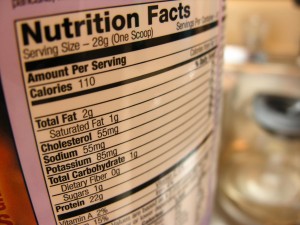
Everybody is different, which means their health and nutrition needs are different too. Based on your own knowledge of your body and and your health needs as discussed by you and your doctor, you can move forward in determining what types of food are beneficial to your goals!
Finally, be aware of any health claims or nutrient content claims. Manufacturers may claim to have produced food that is “better” and “healthier” than other kinds, but it’s important for you to remain objective when choosing what goes into your body. Knowing what kinds of nutrition label components to look for (as described above) will certainly help!
Want More Information On Nutrition Labels?
To learn more about nutrition labels, nutrition fact boxes and how to make the most out nutrition when purchasing food, you can read the full article from Your Weight Matters Magazine by CLICKING HERE.






